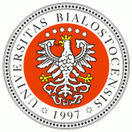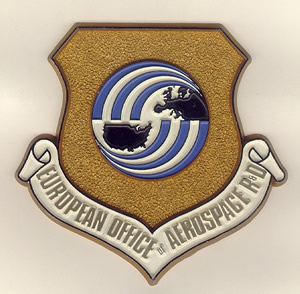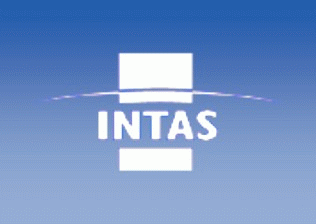Sponsors:



 |
|
Organized by
the Institute of Experimental Physics, University of Bialystok
M. Janik-Czachor , Poland
AES Spectroscopy in characterization of thin surface layers on metals and of catalysts on a support.
M. Janik-Czachor
Institute of Physical Chemistry, Polish Academy of Sciences Kasprzaka 44/52, 01-224 Warsaw, Poland
-
Auger Electron Spectroscopy (AES) is a surface analytical technique providing an information about composition of the solid state surface layers, as well as about their atomic and electronic structure. This type of information is of a high value for material science, as properties of a surface layer with a thickness in a range of nanometers often determine the quality of many products, including their corrosion resistance and catalytic properities.
AES is particularly suitable for surface investigations as the free path of electrons in a solid, and thus the information depth, is in a range of nanometer for electron kinetic energies 10-2000 eV, typically occurring in AES.
In this presentation several examples of applications of AES, in two different modes, are discussed :
- a classical mode with a low lateral resolution, but, combined with a depth Ar+ ion sputtering technique to determine chemical composition depth profiles of thin surface layers.
- a microprobe mode (SAM; a local information with a lateral resolution of 20 - 200 nm) to determine a local composition of heterogeneous materials.
High resolution surface characterizations were performed using a Microlab 350 located at the Physical Chemistry of Materials Centre of the Institute of Physical Chemistry, PAS and of the Faculty of Materials Science and Engineering, WUT.
|
|
|